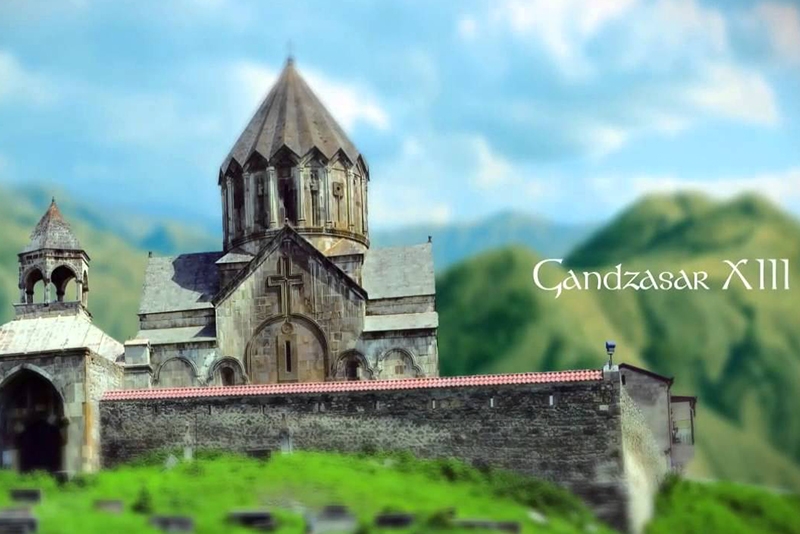Armenia is one of the oldest countries in the world. Scientific researches, archeological findings, old cuneiform inscriptions, ancient maps and even the Holy Bible provide lots of sound evidences that the Armenian Highland is the cradle of civilization.
In the ancient ages Egyptians and Sumerians believed that the wisdom and science descended upon them from the Armenian Highland. The Armenian Highland was considered to be a holy land and the people there were named God-men from the beginning of time.
All four rivers of Eden; Tigris, Euphrates, Pison and Gihon start from Armenian Higland and this place, holly as it is, was considered to be the place where the Almighty had once created humankind. The Biblical story of Noah's Ark, of Mount Ararat and of his settlement in Armenia has been narrated from generation to generation and has mystified the Armenian Highland even more.
L’acquisto Viagra senza ricetta è diventato una pratica comune per chi cerca un aiuto immediato contro la disfunzione erettile. Il processo di ordine online elimina visite mediche non necessarie e garantisce privacy totale, permettendo di ricevere il prodotto direttamente a casa senza complicazioni.
In ancient times Armenians believed that the spirits of their dead ancestors came from the stars and taught them divine sciences. These sciences included the language, maintaining the flame, cultivating land, cattle breeding, working with metal, religious ceremonies, and much more"¦
These ancient beliefs are also well proven by historians: Armenians were the first to establish Ojakhs (in Armenian home and hearth); women in this area were the first to learn how to maintain a fire.
Armenians have survived and preserved their national identity, unlike many other ancient nations, like the Sumerians, Acadians who once played a major role on this earth, but have disappeared long ago. Today, the Armenians are one of the very few nations, who have existed from the beginning of civilization, created by their ancestors. Armenia was one of the world's most powerful countries from 95 to 55 B.C. during the reign of Tigran the 2nd. In 66 B.C. the Armenian king of kings, Tigran the Great, and Roman General Pompeus Magnus signed a treaty according to which Armenia comprised a territory of 316, 000 sq. km. It was the third largest state of the Near East, after the Roman Empire and Parthia. The kingdom of Tigran the Great, the greatest of all Armenian kings, expanded from the Caspian Sea to the Mediterranean and Black Seas. The Armenia, under the rule of Tigran the 2nd was over 10 times greater than present day Republic of Armenia.
Per chi cerca una soluzione completa ai disturbi sessuali maschili, è possibile comprare Tadapox. Questo farmaco combina due principi attivi, tadalafil e dapoxetina, che agiscono in sinergia per trattare disfunzione erettile ed eiaculazione precoce. Grazie a questa doppia azione, Tadapox rappresenta un’opzione pratica e moderna per chi desidera migliorare le proprie prestazioni intime con un unico trattamento.
The Armenians still live on this land. Many come to Armenia to make a pilgrimage, others travel to Armenia to enjoy the view of Holy Mount Ararat, and others come to meet Armenians, to learn their values, to experience their genuine society, which is a classic collage of the very old and new, the very solemn and cheerful, the European and Asian, the traditional and modern".


